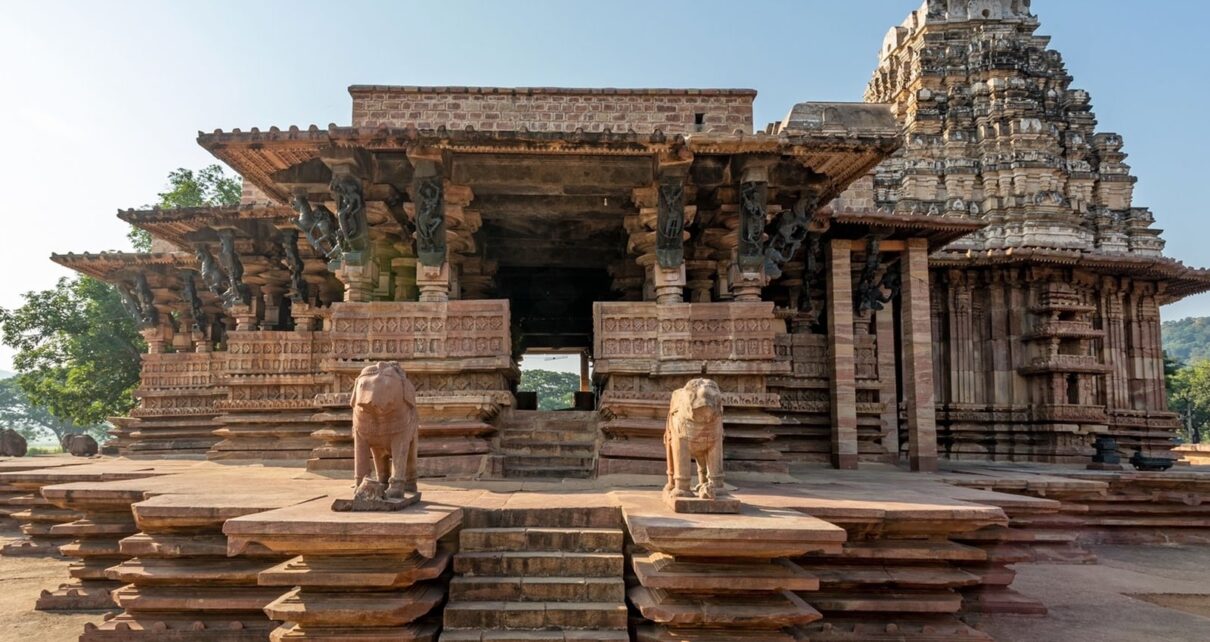Telangana’s Rudreswara Temple (also known as the Ramappa Temple) has been given a world heritage site tag by the UNESCO. The decision was taken at the 44th session of the World Heritage Committee of UNESCO on Sunday (25th July). Ramappa temple, a 13th century engineering marvel named after its architect – Ramappa, was proposed by the Indian government as its only nomination for the UNESCO World Heritage site tag for the year 2019.
“Just inscribed as World Heritage Site: KakatiyaRudeshwara (Ramappa) Temple, Telengana in India. Bravo!” UNESCO announced in a tweet.
Reacting to the tweet, Prime Minister Narendra Modi said, “Excellent! Congratulations to everyone, specially the people of Telangana. The iconic Ramappa Temple showcases the outstanding craftsmanship of great Kakatiya dynasty. I would urge you all to visit this majestic Temple complex and get a first-hand experience of it’s grandness.”
A brief description of the Rudreswara (Ramappa) Temple:
The Rudreswara temple was constructed in 1213 AD during the reign of the Kakatiya Empire by RecharlaRudra, a general of Kakatiya king Ganapati Deva. The presiding deity here is RamalingeswaraSwamy. It is also known as the Ramappa temple, after the sculptor.
The temple is built on a 6-foot-high platform with a cruciform plan in a valley and took nearly 40 years to complete. The chamber of the temple is crowned by a ‘shikharam’ and surrounded by ‘pradakshinapatha’.
The temple complexes of Kakatiyas have a distinct style, technology and decoration exhibiting the influence of the Kakatiyan sculptor. The Ramappa Temple is a manifestation of this and often stands as a testimonial to the Kakatiyan creative genius. The temple stands on a 6 feet high star-shaped platform with walls, pillars and ceilings adorned with intricate carvings that attest to the unique skill of the Kakatiyan sculptors.
The sculptural art and decoration specific to the time and Kakatiyan Empire have an outstanding universal value. The distinct style of Kakatiyas for the gateways to temple complexes, unique only to this region confirm the highly evolved proportions of aesthetics in temple and town gateways in South India.
European merchants and travellers were mesmerized by the beauty of the temple and one such traveller had remarked that the temple was the “brightest star in the galaxy of medieval temples of the Deccan”.



